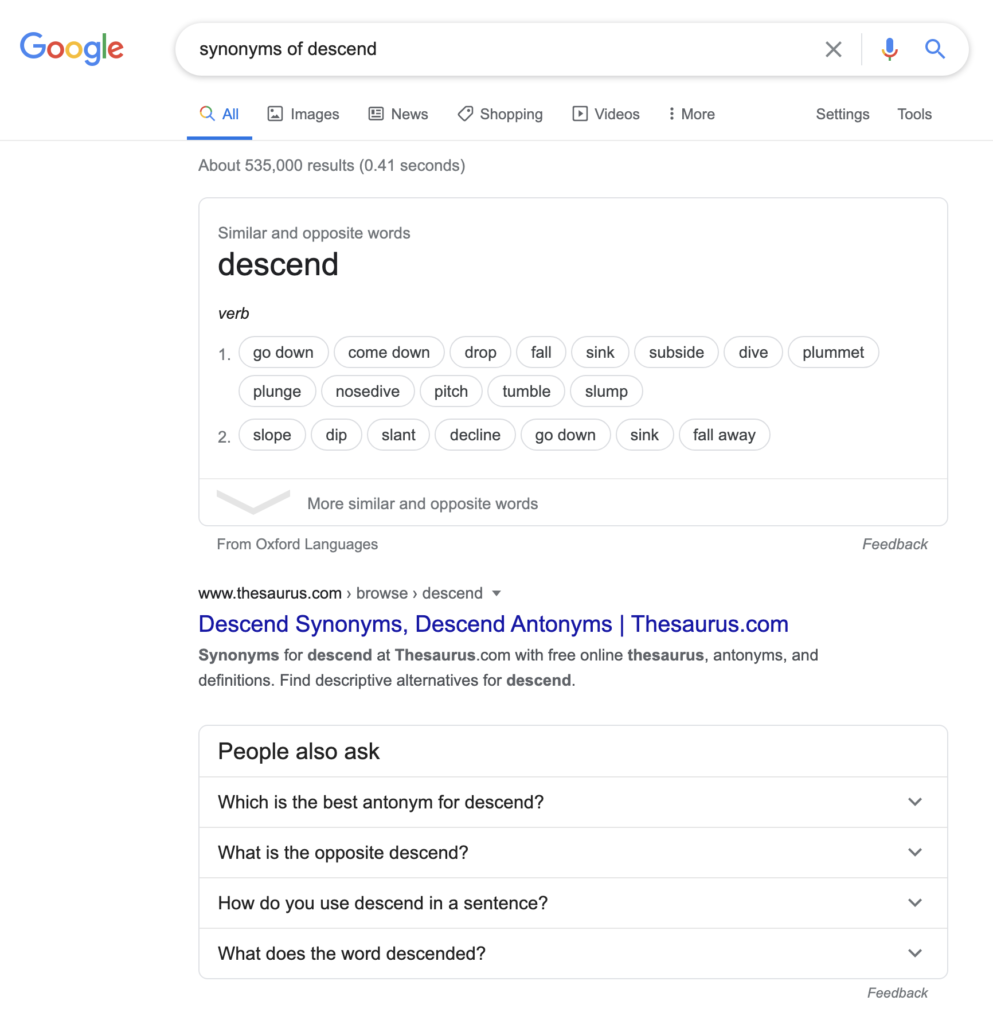Neil Armstrong & SEO, one small step
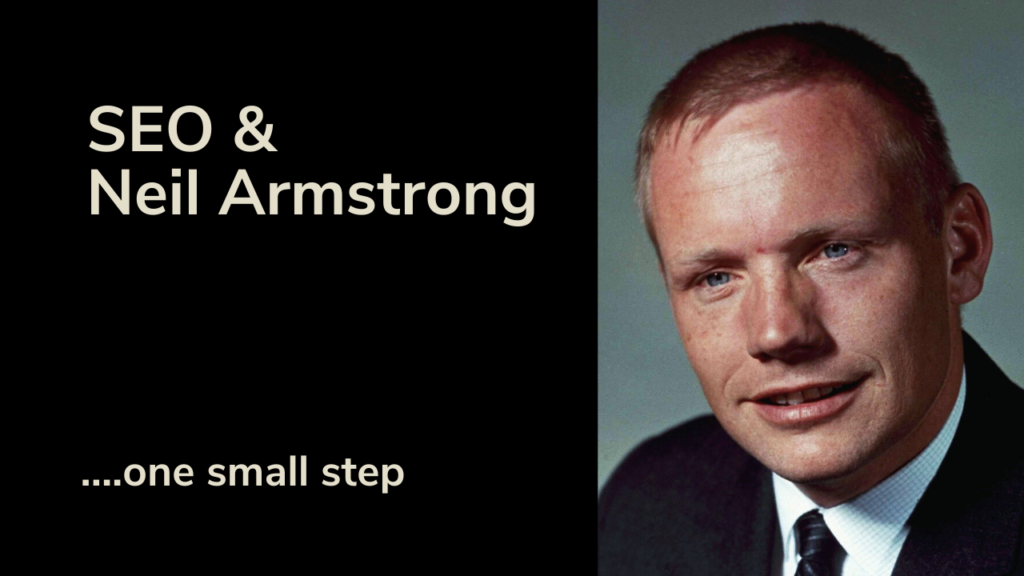
The purpose of this post is to, over a series of articles, revisit what Search Engine Optimisation means, and what practical implications it has for website owners.
Note: the main audience for this blog and our Facebook Group etc are businesses with WordPress sites who are not developers etc – this means the level of technical detail has been pitched accordingly.
The aim of this series of articles to start demystifying the loaded terms of Search Engine Optimisation (that’s SEO for short), and to offer practical steps for what you can do next.
Let’s revisit the problem
Firstly though, let’s zoom out and remind ourselves of what problem search engines like Google are trying to solve….
Scenario: If you had a 1,000 page document, would it be a pain if you had to re-read the entire document just to find a passage you wanted to quote? Of course it would.
Luckily you don’t have to because pretty much all software has a SEARCH function where you can enter the text you need, and the computer merrily churns through the text haystack looking for your needle – and in the fraction of the time that a human would take to do it.
But what if you don’t know what you are looking for?
Here is a link to the original flight plan for the Apollo 11 lunar landing – I wouldn’t click the link unless you really want to, it’s a 8.3MB file – and a pretty dry document at that (even for a space nerd like me).
Below is the iconic photo from Apollo 11 that Buzz Aldrin took of his footprint on the surface of the Moon:
Buzz was not randomly taking photos here, the pre-written flight plan instructed him to do so as part of a series of required photographs to document the Moon’s surface.
If you search the flight plan for the word ‘footprint‘, you will get a hit on page 4 – 16 which contains the following:
l. Photograph an astronaut footprint showing interaction between astronaut boots and lunar surface. [E, M] (M)
Searching on ‘footprint‘ made the above take pretty easy.
But what if we wanted to find the section in the flight plan which referred to the exact moment that Neil Armstrong stepped onto the surface of the Moon. What would you search for?
Have a think a moment….
I’m guessing you would have come up with something like:
- Neil steps on to the Moon
- Armstrong steps off the lander
- ‘One small step for [a] Man’
yes?
In fact, the relevant section of the flight plan can be found on page 3-79
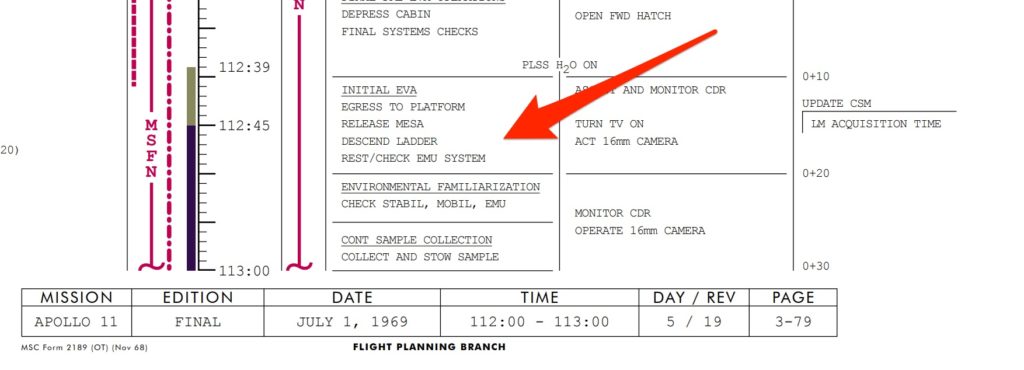
Fig 2- Section of Apollo 11 Flight Plan where Neil Armstrong steps onto the Moon
Bonus points if you thought of ‘Descend Ladder‘.
The key point here is that if we don’t know the exact words to search on, how does the computer return meaningful results?
In the early days of Google, they were pretty much like our basic search of the Apollo 11 flight plan. They made a list of the exact key words that a website contained, and they also did a lot of checking of which pages and websites linked to those words (after all, the World Wide Web is all about linking documents).
If the words you searched for appeared on the website, they would show the result, pretty basic stuff.
Natural Language Processing
However, early on Google realised that there was much more to it than simply taking a search term form a user, and comparing that set of characters to what its search results database held.
In short, Google needed to understand more about the text and content on web pages.
Synonyms
One aspect of understanding is that Google is now aware of synonyms (where two different words mean pretty much the same thing).
E.g. lets Google “synonyms of descend“, and we’ll see this:
You should pay close attention to what you see at the top of the screenshot – this gives us a clear insight into what Google knows about words.
In fact, if you expand that first result you’ll see this:
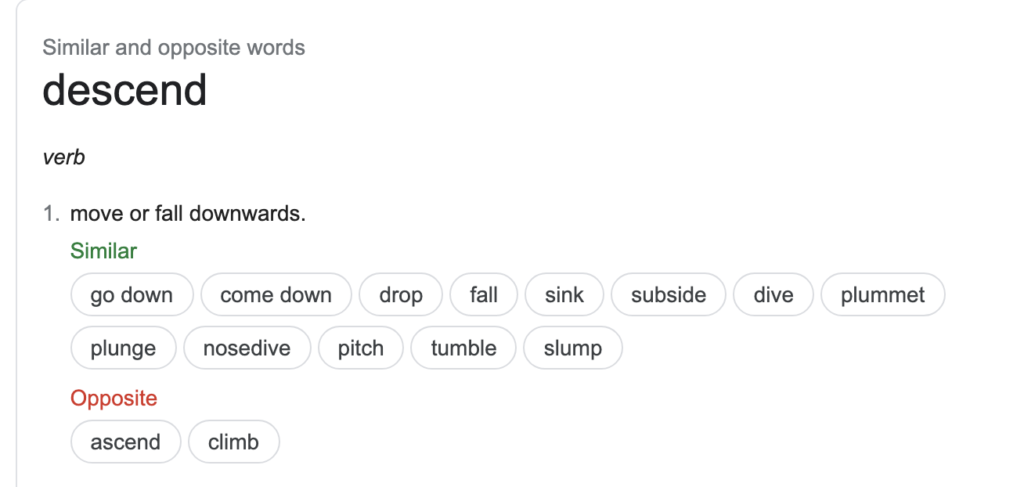
Fig 4 – expand result
The above shows us that Google very clearly has access to similar words, as well as opposite words. This is very useful information to have when trying to match users search queries with results pages.
Aside: if you’re interested, here is a deeper dive on Synonyms in an excellent post by Search Engine Journal.
What does this mean for you?
It means that your website’s ability to appear in useful, related search engine queries is NOT restricted purely to what exact words your page or website contains.
Google is already (and have been for a long time) able to see beyond that.
Google is concerned with meaning and satisfying user searches (more on that in a future post).
What this does NOT mean!
However, this does not mean that you can write any old content and Google will find a path to us.
No.
We still need to write meaningful, interesting content that our target audience finds relevant and engaging.
And if you write such content, you will naturally weave in relevant words – words that Google knows the synonyms to. And if it knows what we mean, we can appear in more searches than those purely based on the words our pages exactly contain.
Back to the Moon
Let’s go back to the Apollo 11 flight plan for one last time:
The word “Neil‘ is never mentioned in the document. Never. Not once.
Indeed, ‘Armstrong‘ appears only once (on page 1-13):
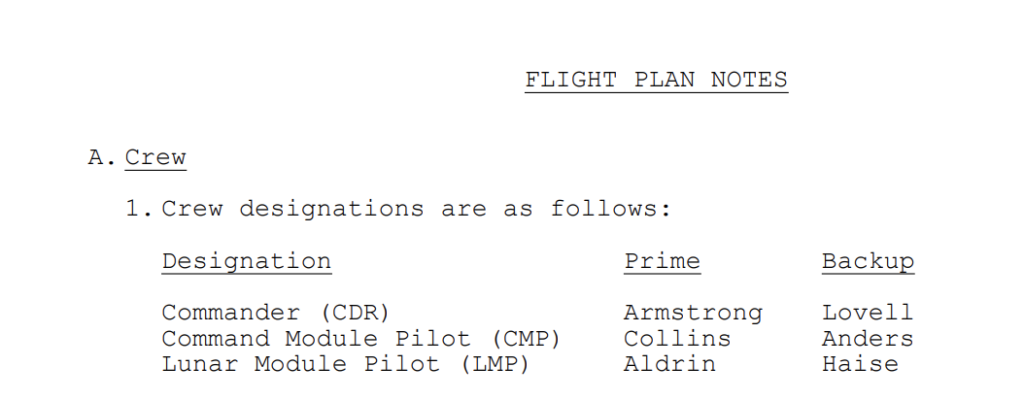
Neil is referred to throughout the document as CDR which is NASA short speak for Commander.
So this page you’re reading here contains more references to the words “Neil Armstrong” than NASA’s official Apollo 11 flight plan!
Whilst that may seem odd at first, we have to bear in mind that the Apollo 11 flight plan, like all writing, was written with an audience in mind, and a pre-conceived idea of what level of technical detail was appropriate for that audience, as well as required styles & conventions. Compare that to the official Nasa Apollo 11 press kit for media, which is a more approachable read – why? Because it was written with a completely different audience in mind, and the language flowed naturally from the starting point (even then it sill only manages to say ‘Neil‘ three times!).
Key Takeaway
The key takeaway is that we should not panic and get sidetracked about whether our website pages contain certain words or not*.
Note: this is not to say keyword research does not have its place – we’ll revisit that later. And if you don’t know what ‘keyword research” is, don’t panic, you & your website will survive without knowing it, though I will drill into the topic in a future article.
Yes, of course, the words we use are important – but so is the bigger picture of the what we are trying to convey with our overall messaging. If we focus on creating useful content for our audience, that will be a small step in the right direction.
Joel
p.s. feel free to chat about this in our Facebook Group. Oh, and we do have a webinar coming up where we gave a guest SEO agency giving us insights into this topic.


